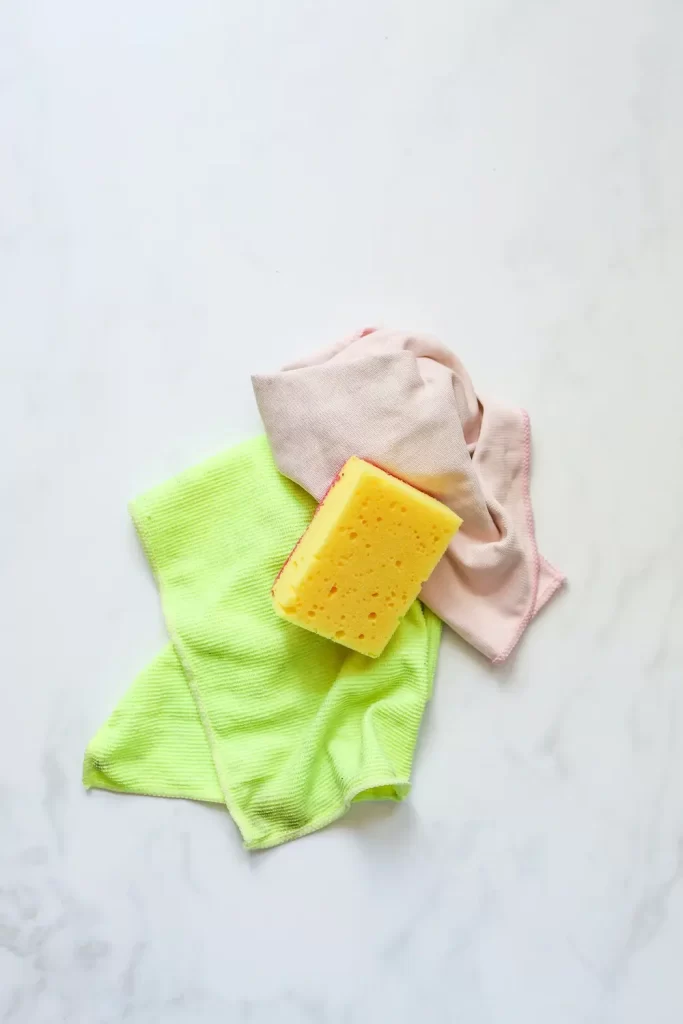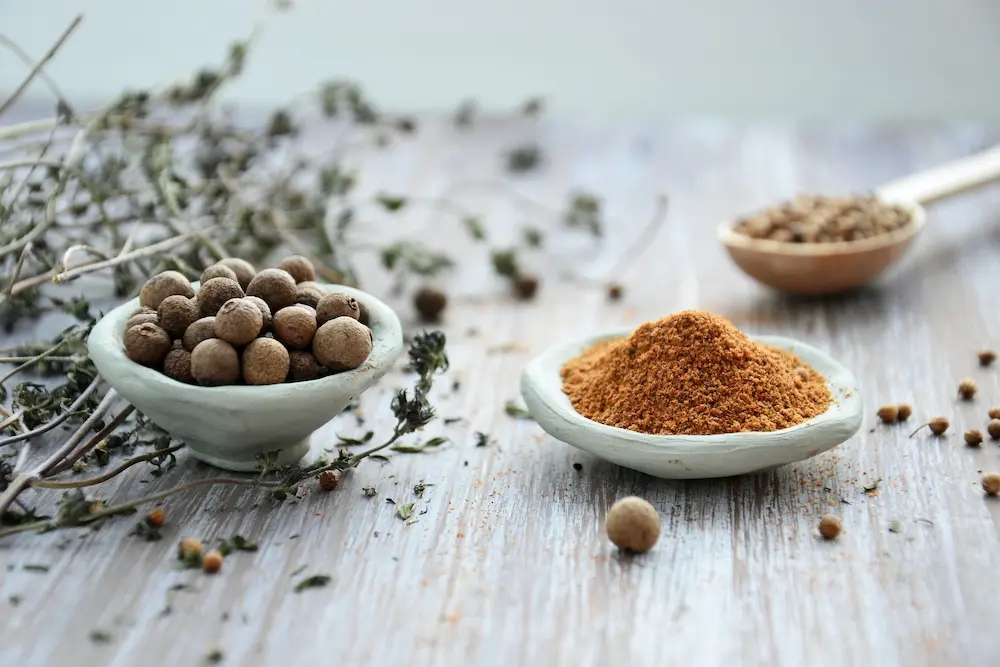A gas stove is the heart of any kitchen, where delicious meals are crafted with love. However, over time, grease, spills, and grime can build up, affecting not only the appearance but also the performance of your stove. A deep clean is essential to maintain its efficiency and prolong its lifespan. In this guide, we walk you through the step-by-step process of how to deep clean your gas stove, along with answering some frequently asked questions.
Why deep clean your gas stove?
Deep cleaning your gas stove is essential for several important reasons:
- Over time, grease, food residue, and spills can accumulate on the burners, grates, and other components of your gas stove. This buildup can disrupt the flow of gas and air, leading to uneven flames and reduced heating efficiency. Deep cleaning removes these deposits, allowing your stove to function optimally and cook your food evenly.
- Grease and food particles that accumulate on the burners and around the stovetop can become potential fire hazards. A deep clean helps eliminate these risks, reducing the chance of flare-ups and kitchen fires.
- A dirty gas stove can harbor bacteria, mold, and pests that can contaminate your food. Regular deep cleaning ensures a clean cooking environment and prevents the growth of harmful microorganisms.
- Gas stoves are a significant investment, and proper maintenance can extend their lifespan. Regular deep cleaning prevents corrosion, rust, and deterioration of the stove’s components, helping it last for years without compromising its functionality.
- A sparkling clean gas stove not only enhances the overall look of your kitchen but also contributes to a more inviting cooking space. It’s easier to maintain a clean kitchen when you start with a well-maintained stove.
- When burners and grates are coated in residue, they require more energy to produce the desired level of heat. A clean gas stove uses less energy, which can result in lower utility bills and reduced environmental impact.
- The quality of your meals can be affected by a dirty gas stove. Grease buildup can create smoke and odors when cooking, and burnt-on residue can impart unwanted flavors to your dishes. Deep cleaning ensures that your food retains its natural flavors and aromas.
- If you ever decide to sell your home, a well-maintained gas stove can positively impact the resale value. Prospective buyers are more likely to be impressed by a clean and well-cared-for kitchen.
Deep clean your gas stove in 11 easy steps



Step 1: Gather your supplies
Before you begin, gather all the necessary cleaning supplies to ensure a seamless cleaning process:
- Warm soapy water
- Baking soda
- Vinegar
- Microfiber cloth or sponge
- Toothbrush or small scrub brush
- Dish soap
- Gloves
- Plastic bags
Step 2: Disconnect and remove burner grates and caps
Safety first! Make sure the gas supply is turned off and the burners are cool before starting. Carefully disconnect the gas supply and remove the burner grates and caps. These components can accumulate a lot of grease and debris, affecting the flame’s quality.
Step 3: Soak burner grates and caps
Fill a sink or tub with warm soapy water and let the burner grates and caps soak for about 15-20 minutes. This will help soften the grime, making it easier to clean later.
Step 4: Wipe down stovetop
Using a microfiber cloth or sponge, wipe down the stovetop to remove loose debris. Avoid using abrasive materials that could scratch the surface.
Step 5: Scrub burner grates and caps
After soaking, use a toothbrush or small scrub brush to gently scrub the burner grates and caps. For stubborn stains, create a paste of baking soda and water and apply it to the grates and caps. Let it sit for a few minutes before scrubbing.
Step 6: Clean burner knobs
Remove the burner knobs and clean them with warm soapy water. If the knobs are greasy, let them soak for a while before scrubbing. Dry them thoroughly before reattaching.
Step 7: Deep clean stovetop
Create a mixture of equal parts water and vinegar in a spray bottle. Spray the mixture on the stovetop and let it sit for a few minutes. Wipe down the surface with a microfiber cloth or sponge. For stubborn stains, use a mixture of baking soda and water, but be gentle to avoid scratching.
Step 8: Clean control panel
Using a slightly damp cloth, wipe down the control panel and buttons. Avoid excessive moisture around electrical components.
Step 9: Clean around burners
Carefully remove the burner elements, being mindful of any electrical connections. Clean around the burners using a damp cloth. For hardened spills, a soft toothbrush can be handy.
Step 10: Check the drip pans
If your stove has drip pans, remove them and soak in warm soapy water. Scrub away the accumulated residue using a sponge or scrub brush. If the pans are too stained, consider replacing them.
Step 11: Reassemble
Once all the components are clean and dry, reassemble your gas stove. Make sure everything is properly aligned and connected.
FAQs about how to deep clean your gas stove
Can I use harsh chemicals on my gas stove?
It’s best to avoid harsh chemicals as they might damage the stove’s surfaces. Stick to gentle cleaning agents like dish soap, baking soda, and vinegar.
How often should I deep clean my gas stove?
Aim for a deep clean every one to two months, depending on how frequently you cook. Regular maintenance cleaning after each use will help keep it in good condition.
Can I put burner grates in the dishwasher?
It’s not recommended to put burner grates in the dishwasher, as the intense heat and detergents can cause damage. Hand-washing is the safer option.
What if I have stubborn stains or burnt-on grease?
For stubborn stains, create a paste using baking soda and water. Apply it to the stained area, let it sit for a while, and then scrub gently.
Can I clean my gas stove while it’s still hot?
No, always allow the stove to cool down before attempting to clean it. Cleaning a hot stove can lead to burns and may not be effective.
Want more deep cleaning tips? Learn how to deep clean your kitchen in 5 easy steps.






[…] How to Deep Clean Your Gas Stove […]